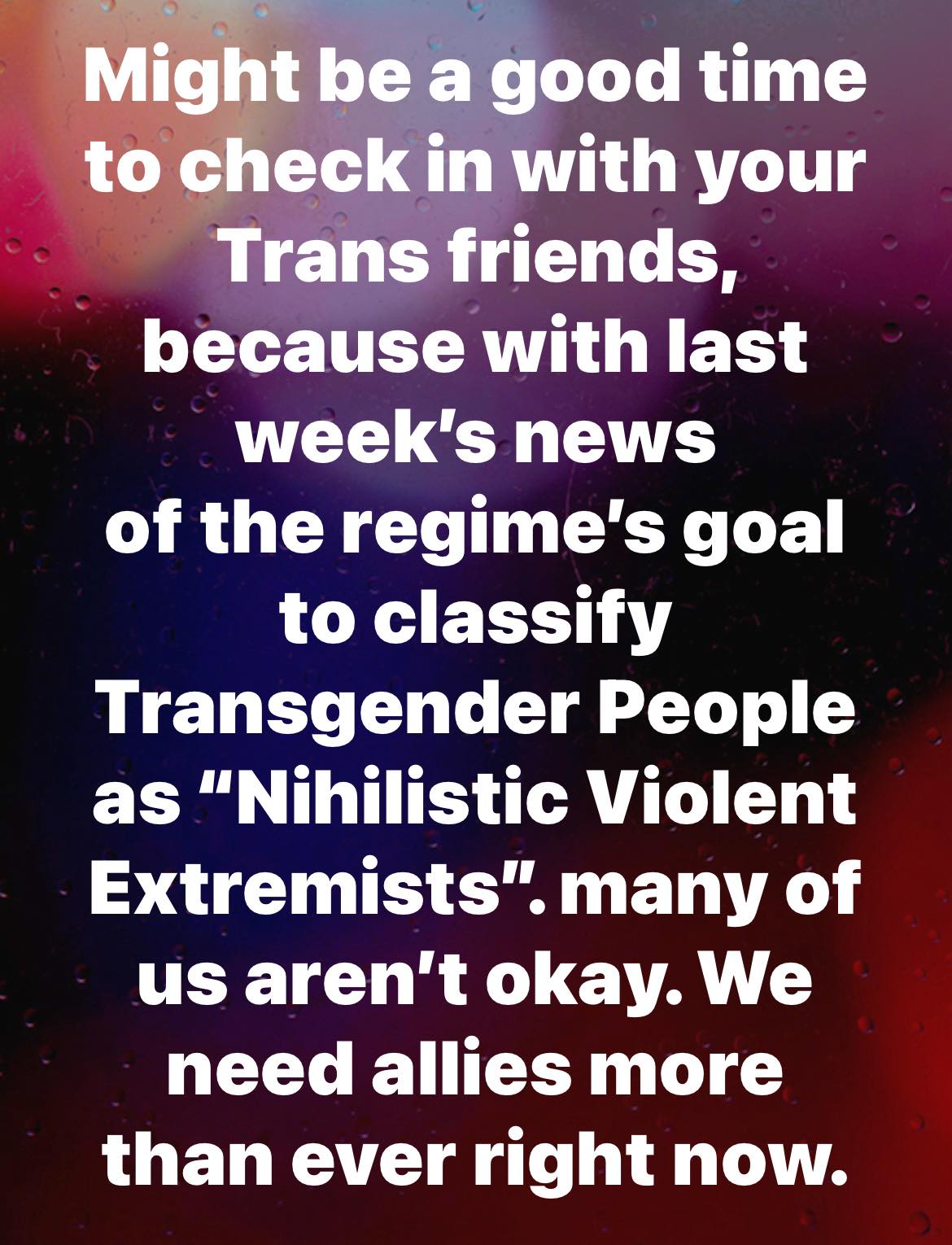
Are you born transgender? Discover the fascinating biological and psychological factors that shape our understanding of gender identity.
Table of Contents
ToggleHave you ever wondered if people are born transgender? It’s a question that touches on the very essence of identity. You might think about how some people just know their true gender from a young age, while others come to this realization later in life. The idea that being transgender is linked to biological factors like brain structure and hormones adds another layer to this complex topic. So, what does this mean for our understanding of gender and identity? Stick around, because exploring this question could change the way you see yourself and others.
Key Insights
- Transgender identity is an inherent part of a person’s identity.
- Gender identity can be recognized from a young age or realized later in life.
- Being transgender involves a mismatch between inner gender sense and physical body.
- Gender identity development is complex and varies for each individual.
- Understanding and accepting one’s gender identity is crucial for authentic living.
Understanding Transgender Identity
Understanding transgender identity involves acknowledging that a person’s gender identity doesn’t always align with the sex they were assigned at birth. This is a vital step in fostering acceptance and understanding.
When someone identifies as transgender, it means their inner sense of being male, female, or something else (like genderqueer) doesn’t match their physical body. Accepting this can be a liberating experience for them, but it often comes with challenges.
Transgender individuals frequently face social stigma, which can make their path difficult. Society’s lack of understanding and acceptance can lead to discrimination, rejection, and isolation. This stigma can affect their mental health, increasing risks for depression and anxiety.
It’s crucial to recognize that being transgender isn’t a choice but an inherent part of a person’s identity.
Knowing You Are Transgender
Recognizing that you’re transgender can be a profound and life-changing realization. It might happen at a young age or later in life, but understanding and accepting your gender identity is important. Your internal sense of self, which may not align with your birth sex, is your true gender identity.
This realization can be both liberating and challenging due to societal stigma and discrimination.
Transgender individuals often describe knowing they’re transgender through a persistent feeling that their gender assigned at birth doesn’t match their internal sense of self. This understanding is deeply personal and varies among individuals.
Here are three common experiences:
- Early Awareness: Some transgender individuals know from a young age that their gender identity differs from their assigned sex. They might express a strong desire to be another gender or discomfort with their sex characteristics.
- Gradual Realization: Others might come to this realization more gradually, often during adolescence or adulthood. They might feel a growing disconnect between their internal sense of self and their gender assigned at birth.
- Moment of Clarity: For some, a specific event or period of reflection can trigger the awareness that they’re transgender, leading them to investigate and affirm their true gender identity.
Facing societal stigma and discrimination can make this journey difficult, but recognizing your true self is a crucial step toward living authentically.
Gender Identity Vs. Sexual Orientation
As you comprehend your true gender identity, it’s vital to distinguish it from sexual orientation, which defines who you’re attracted to. Gender identity is your internal sense of being male, female, or somewhere in between. It’s about who you’re at your core.
On the other hand, sexual orientation is about the people you find attractive, whether they’re of the same gender, a different gender, or multiple genders.
For example, you might identify as a transgender woman (your gender identity), but be attracted to men (your sexual orientation). Or, you could be a non-binary person attracted to both men and women. These aspects of identity are separate but equally significant parts of who you are.
Understanding the difference between gender identity and sexual orientation is vital for recognizing and supporting everyone in the LGBTQ community. When you clearly differentiate these concepts, you contribute to a more inclusive and understanding society.
Transgender Vs. Intersex
Transgender and intersex people have different experiences and challenges despite both involving variations from typical gender norms. Understanding these differences helps in appreciating their unique paths.
Transgender individuals have a gender identity that doesn’t match their assigned sex at birth. This means someone might be born with male reproductive anatomy but identify as female, or vice versa. Their experience is primarily about the incongruence between their gender identity and the sex they were assigned at birth.
Intersex individuals, on the other hand, are born with atypical reproductive anatomy or genetic variations. This could mean having a mix of male and female physical traits, or something that doesn’t fit typical definitions of male or female bodies. Intersex traits are present at birth, and sometimes these individuals undergo surgeries to align with societal norms.
Here are three key distinctions:
- Gender Identity: Transgender people’s gender identity differs from their assigned sex at birth, while intersex people have physical traits that don’t fit typical definitions.
- Physical Traits: Intersex individuals have atypical reproductive anatomy, whereas transgender individuals may not have physical traits matching their gender identity initially.
- Experiences: Transgender individuals often face challenges related to their gender identity, while intersex individuals may face challenges related to their physical anatomy.
Understanding these distinctions fosters empathy and better support for both communities.
What Is Gender Dysphoria?
Ever wondered what it feels like when your body doesn’t match who you truly are inside? That’s the essence of gender dysphoria, a form of psychological distress experienced by many transgender individuals. It stems from the incongruence between the gender assigned to them at birth and their true gender identity.
Gender dysphoria isn’t just a significant feeling; it’s a deep, persistent discomfort that can affect children, adolescents, and adults alike. This condition often leads to a strong desire to change one’s physical characteristics to align more closely with their gender identity. For those experiencing it, the emotional pain can be overwhelming and all-consuming.
Treatment for gender dysphoria typically involves supportive therapy aimed at helping individuals understand and affirm their gender identity. This might include counseling, hormone therapy, or even surgery. The goal is to alleviate the psychological distress by bringing one’s physical appearance and gender identity into harmony.
Recognizing and addressing gender dysphoria is vital for the mental well-being of transgender individuals. With the right support and treatment, many find relief from the intense emotional pain and are able to lead happier, more authentic lives.
Importance of Transgender Equality
Ensuring transgender equality is essential for safeguarding the rights and dignity of individuals who identify as transgender. By addressing and combating discrimination, you help create an environment where everyone can thrive.
Transgender individuals often face significant barriers in accessing affirming healthcare, securing housing, and obtaining employment due to a lack of legal protections. Promoting transgender equality is crucial for reducing these obstacles and fostering a more inclusive society.
Here are three key areas where your support can make a difference:
- Legal Protections: Advocate for laws and policies that prevent discrimination against transgender people in all areas of life, including employment, housing, and education. Legal protections are a fundamental step toward ensuring equality.
- Affirming Healthcare: Support access to healthcare services that affirm transgender identities. This includes hormone therapy, mental health support, and surgical options. Affirming healthcare is vital for the well-being and mental health of transgender individuals.
- Inclusive Society: Foster an environment of acceptance and respect. Educate others about transgender issues and challenge discriminatory attitudes. An inclusive society benefits everyone by promoting diversity and understanding.
Frequently Asked Questions
Can We Identify Transgender at Birth?
You can’t identify someone as transgender at birth just by looking at physical characteristics. Gender identity is deeply personal and may not align with assigned sex at birth.
It often becomes clearer as individuals grow and discover their sense of self. While genetic and brain structure studies suggest some biological factors, recognizing one’s transgender identity usually involves self-discovery and acceptance over time.
What Is the Symptoms of Transgender?
Imagine Alex, who always felt out of place in their assigned gender. Symptoms of being transgender include feeling a deep disconnect between your birth gender and your internal identity, experiencing gender dysphoria, and discomfort with your physical appearance.
You might also desire to align your gender expression with your true identity. Recognizing these feelings can be confusing, but seeking support and understanding is essential for your well-being.
Can a Transgender Male Have a Period?
Yes, a transgender male can have a period if he hasn’t undergone hormonal or surgical interventions. You might experience menstrual cycles just like any other individual assigned female at birth.
This can be a source of dysphoria for many transgender men. Access to affirming healthcare and support can make a big difference in managing these experiences and maintaining your mental health.
Don’t hesitate to seek the help you need.
What Is the Full Meaning of Transgender?
Imagine the term ‘transgender‘ as a key opening a door to one’s true self. Transgender means your gender identity doesn’t match the sex assigned to you at birth.
So, if you’re born male but identify as female, or vice versa, you’re transgender. It’s about how you feel inside, not just your physical traits.
Embracing this identity can be a vital step toward living authentically.
Conclusion
Understanding and accepting that being transgender is a fundamental part of a person’s identity is crucial.
Imagine gender identity as a unique fingerprint – it’s something you’re born with, not something you choose or learn.
By embracing this reality, we can foster a world where everyone feels seen and valued.
Let’s continue to support and advocate for transgender equality, ensuring that every individual can live authentically and without prejudice.
Profile Author / Editor / Publisher
- Dora Saparow
- Dora Kay Saparow came out in a conservative Nebraskan town where she faced both misunderstanding and acceptance during her transition. Seeking specialized support, she moved to a big city, where she could access the medical, legal, and social resources necessary for her journey. Now, twelve years later, Dora is fully transitioned, happily married, and well-integrated into society. Her story underscores the importance of time, resources, and community support, offering hope and encouragement to others pursuing their authentic selves.
Latest entries
 Featured PostsNovember 5, 2025Changing Bodies, Changing Desires: Sex Identity in Transition
Featured PostsNovember 5, 2025Changing Bodies, Changing Desires: Sex Identity in Transition Featured PostsNovember 4, 2025Passing Tips Every Trans Girl Should Know
Featured PostsNovember 4, 2025Passing Tips Every Trans Girl Should Know Featured PostsNovember 4, 2025Trans 101: The Facts Everyone Should Know
Featured PostsNovember 4, 2025Trans 101: The Facts Everyone Should Know Featured PostsNovember 4, 2025Beyond the Basics: An In-Depth Preparation Roadmap for Your Facial Feminization Surgery Consultation
Featured PostsNovember 4, 2025Beyond the Basics: An In-Depth Preparation Roadmap for Your Facial Feminization Surgery Consultation





















